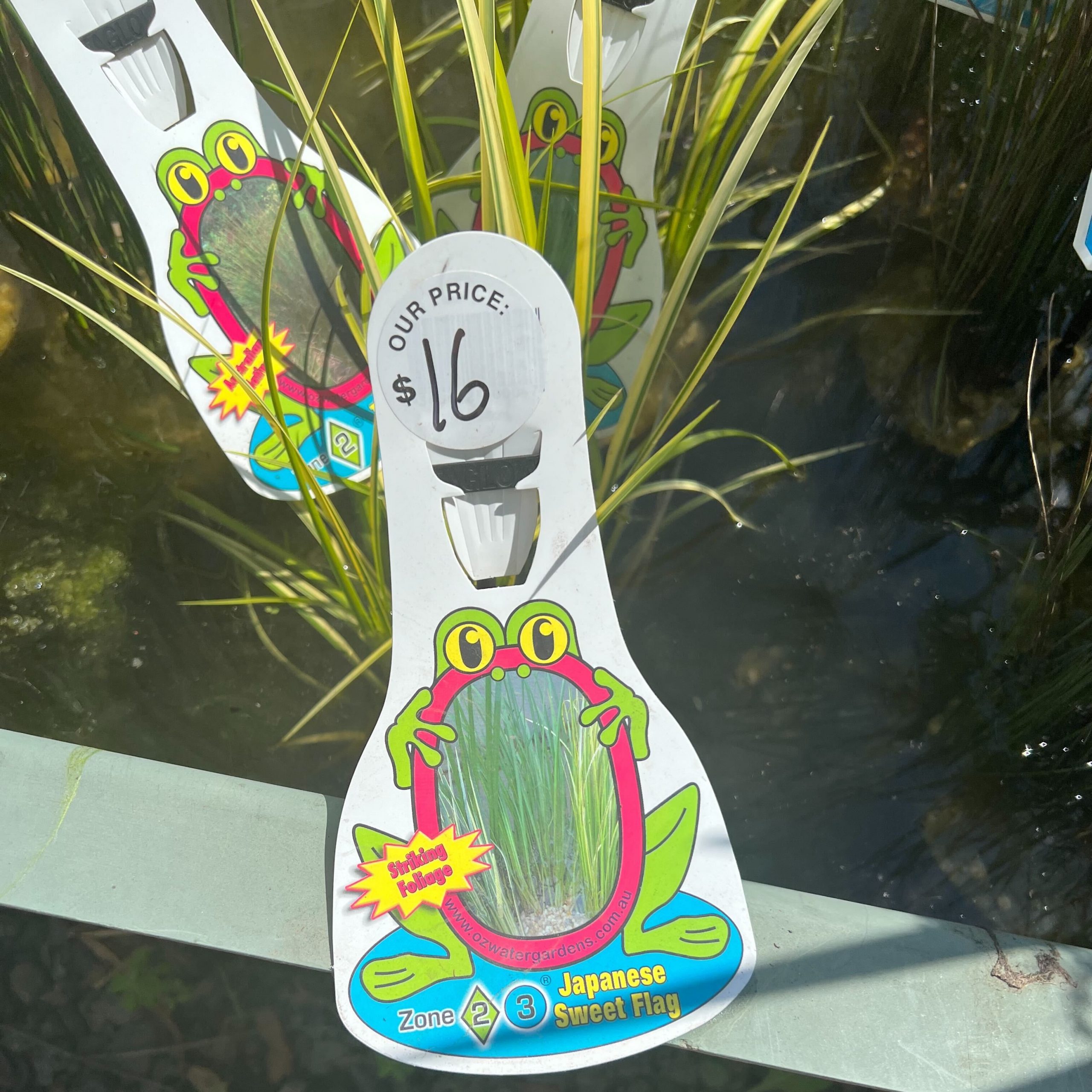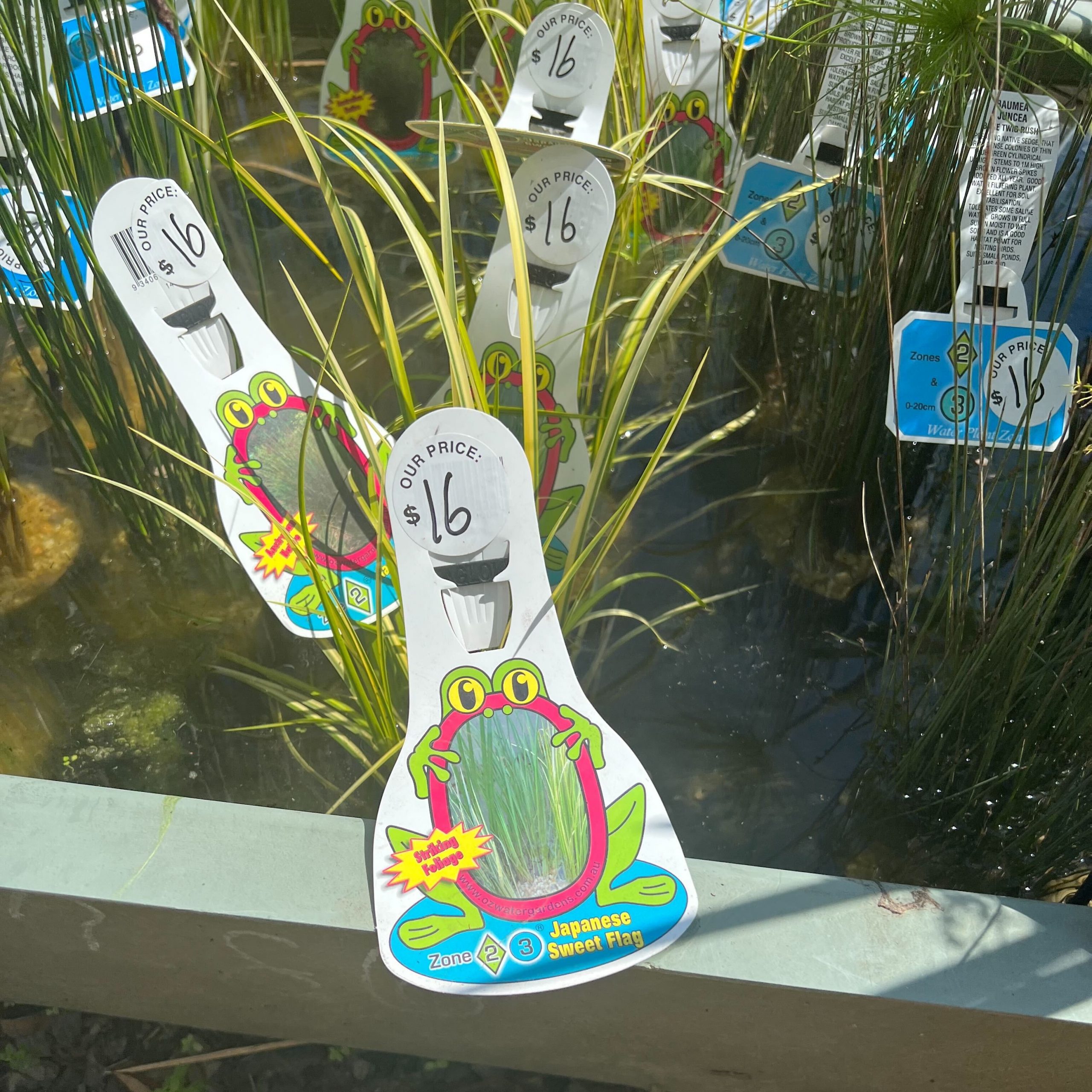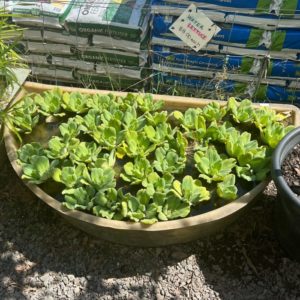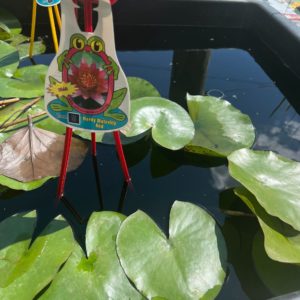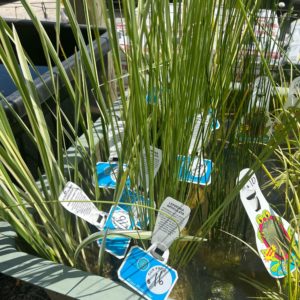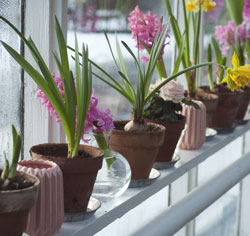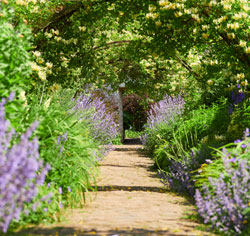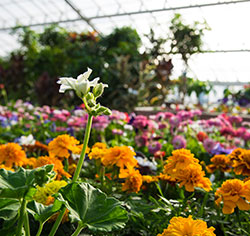Product Overview
Available at our Templestowe store.
Japanese sweet flag (Acorus gramineus) is an ornamental plant that can grow throughout Australia. There are two different types of Japanese sweet flag: a dwarf version and a standard version. Both types have similar growth habits and require similar care.
Japanese Sweet Flag Description
The dwarf variety reaches only about 6 inches tall, while the standard variety can reach up to 10 feet tall. Both varieties have divided leaves with long stalks and rounded leaflets that are oval or lance-shaped. The leaves of the dwarf variety are smaller than those of the standard type, and they grow on short stems at the base of each leaf stalk instead of along the length of each stalk-like those found on the standard type.
Japanese Sweet Flag Care
Both varieties need full sun and moist but well-drained soil to thrive well in your landscape. They do not tolerate drought or salt well so be sure to water them regularly during hot weather or after they’ve been exposed to salty winds such as ocean breezes or car exhaust fumes when driving near freeways or busy streets where cars emit high levels of exhaust fumes into the air that blow over your garden areas.
Japanese sweet flag is an extremely versatile plant. It can be used as a ground cover, in water gardens and even in shallow waters. It will grow well in light shade or full sun, but it should not be planted where it will be exposed to frost.
Japanese sweet flag is also known as Calamus or Sweet Flag. This perennial grass-like plant is native to Asia and has been grown for its medicinal properties for centuries. It was first introduced into Europe in the 16th century by Jesuit missionaries returning from Japan.
Japanese sweet flag grows best in moist soil that is rich in organic matter and does not require much watering once established. The plant can tolerate extremely cold temperatures down to -10 degrees Fahrenheit (-23 degrees Celsius) but may die if exposed to frost for extended periods of time.
The leaves are long and flat, resembling bamboo leaves, except they are much wider with parallel veins running along them like veins on a leaf of an oak tree. The foliage turns yellowish green in the fall before dying back completely over winter, leaving bare stems that reemerge in spring.
Japanese sweet flag produces small white flowers on tall spikes that rise above the foliage during early summer before fading away by late summer or early fall when new.
Main features of the Japanese Sweet Fig
Japanese Sweet Fig Tree is a tropical fruit and is described as very sweet in taste.
This fruit has an exceptional flavour, for example, honey, apricot and vanilla.
It can be grown in the ground or even in containers.
It needs nutrient rich, well-drained soils with a ph of 5.5 to 7.5 and is a hardy plant that can grow in partial shade or full sun.
It is a fast growing plant and can reach 2 to 3 meters in only one year.
Once it is fully grown, it can bear up to 100 fruits per season.
Improper fertilization can cause a lot of issues with the growth of the tree and may delay its progress.
It has a life span of around 50 years if properly cared for.
The fruits are oval and violet coloured with seeds in the centre that are sweet to eat when ripe.
Even unripe fruits have a sour taste but are still delicious. When ripe, they contain a sticky white pulp which is very sweet to eat.
Fruits take time to ripen, sometimes up to four months, but once they start ripening, all fruits will ripen together.
Super easy to grow and care for
The Japanese Sweet Flag, or Acorus gramineus, is a very easy plant to grow and care for. It tolerates full sun and partial shade, as well as dry soil and standing water. The Japanese Sweet Flag is a perennial that grows in zones 5 through 10.
Grows well in Moist Soil
The Japanese Sweet Flag grows best in moist soil but needs to be planted in a location where it will get at least six hours of sunlight each day.
It can grow up to three feet tall and has green leaves that are divided into three segments. The flowers are white, bell-shaped and grow on spikes up to 2 feet in length. They bloom in the summer months from June through August.
Low Maintenance
The Japanese Sweet Flag does not need much maintenance at all; however, if you want to keep your plants healthy, it is important that you keep them watered properly throughout the year.
This plant does not like soggy soil, so make sure that you don’t overwater it or let water sit on top of its leaves for too long. If you notice any signs of rot appearing on your plant’s roots or stems, move them into a drier area until they heal themselves up again.
Aumann’s staff are here to help should you have any questions about this variety or plant.
Similar Categories
- 4 Locations Across Melbourne
- Passionate Team Of Expert
- Locally Sourced Garden Supplies
- Family Owned & Operated For 20+ Years
- We Stock Leading Brands
- 4 Locations Across Melbourne
- Passionate Team Of Expert
- Locally Sourced Garden Supplies
- Family Owned & Operated For 20+ Years
- We Stock Leading Brands


